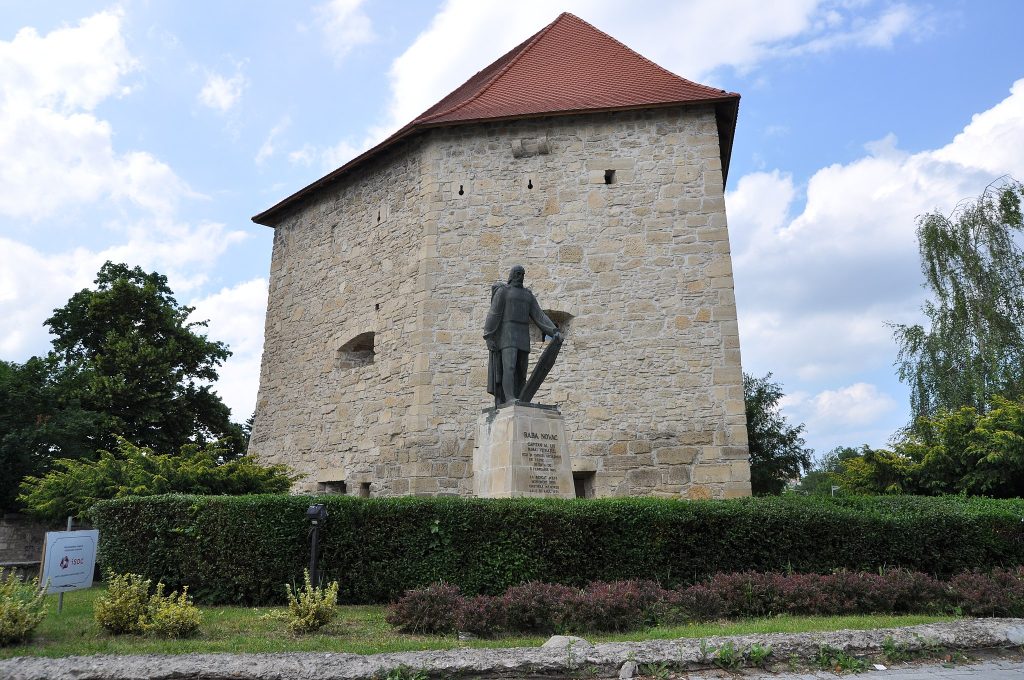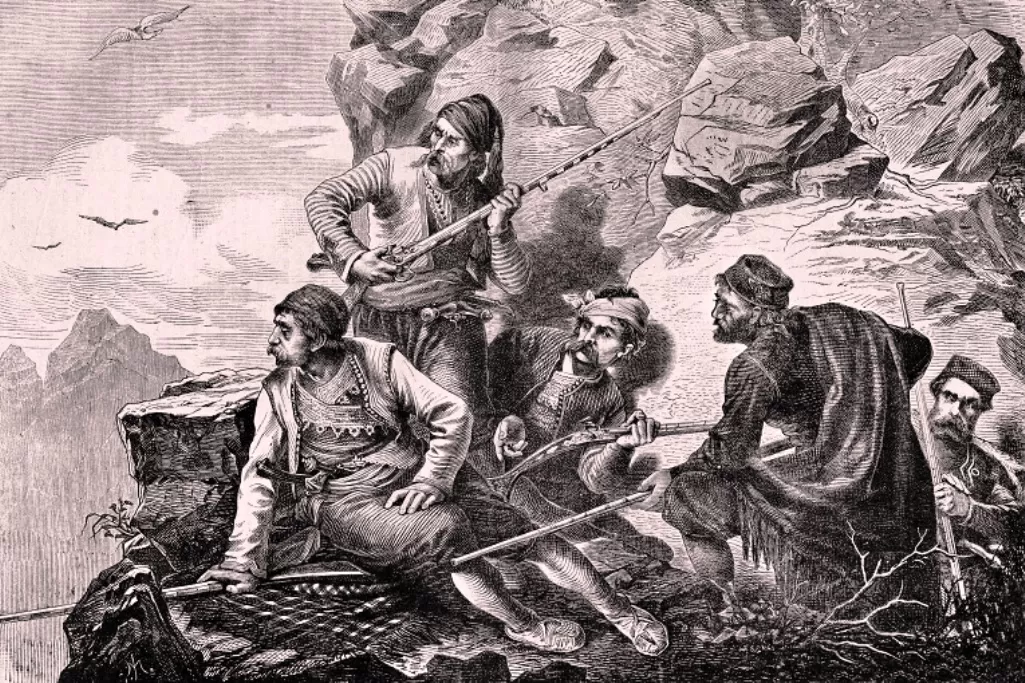
Please follow us on Gab, Minds, Telegram, Rumble, GabTV, Truth Social, Gettr, Twitter
Starina (Baba) Novac is believed to have been born around 1530 in Poreč (now Donji Milanovac) Serbia. Not much is known about his early life, but he spent his childhood around the area where he was born. The local monks had a great influence on the child. While teaching him to read and write, they helped him embrace the Orthodox faith. This would later become essential in his fight against the Ottoman Empire.
In his youth, Baba Novac learned the art of sword fighting from a Serbian warrior. His physical strength and tall build turned him into a fierce adversary. He became a feared outlaw in the Balkans after gathering a host of a few thousand like-minded men and started fighting against the Ottomans.
During his expeditions, he learned of Michael the Brave, the ruler of Wallachia, Moldova, and Transylvania, and the great great grandson of Vlad the Impaler. Impressed by his name and deeds, Baba Novac took his men and joined Michael’s army around 1595. His intelligence and bravery helped him become a commander, and later a general, and the right hand of Michael the Brave.
He managed to gain his trust and appreciation during his first mission when together with 700 of his outlaws, he ambushed Hassan Pasha and his army before joining the Sultan. They defeated them and stole their money, weapons, horses, and camels.

His age never hindered his ability to fight for his beliefs. Michael the Brave trusted his Serbian army so much, he preferred to be surrounded by them at all times. It’s believed that Baba Novac had an essential role in the victory at Selimbar and that he presented Michael with the heads of his Hungarian enemies. His death, however, came soon after.
In 1601, while Michael the Brave was in Vienna, Baba Novac was taken prisoner during an uprising led by the noble families of Transylvania. He was accused of plotting with the Ottomans and sentenced to death. On February 5th, he was dragged in chains in the center of Cluj-Napoca and tortured. They flayed him and burned him slowly at the stake, throwing water on him from time to time to prolong his suffering. After he was declared dead, he was impaled. It’s said the execution lasted for one hour and a half.
Even Sultan Mehmet III was furious about the execution, saying he should have died as he lived, in battle, not tortured and killed like an animal. Michael the Brave was heartbroken on his return and raised a flag on the spot of the execution. In 1936, the Romanian authorities placed a memorial plaque on the site. In 1975, the mayor of Cluj commissioned a statue that is still standing there today. The inscription on the statue reads “Baba Novac, captain of Michael the Brave, tortured and murdered by the Hungarians on February 5th, 1601.” The word “Hungarians” was later removed to avoid internal political conflict.